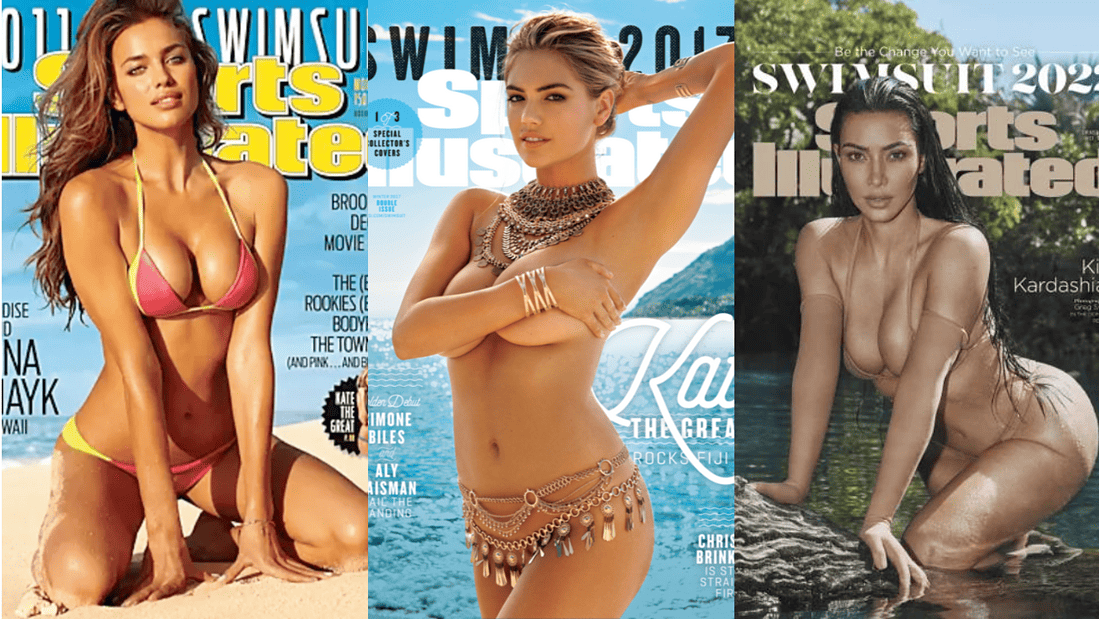Sports Illustrated has long contributed to harmful body ideals in our society, perpetuating very narrow definitions of “health” and “beauty,” and reducing women to sexual objects. In recent years, the magazine’s Swimsuit Issue has made an effort to diversify its cover models–finally acknowledging that a “swimsuit body” includes #AllBodies.
The swimsuit edition this year features Martha Stewart on the cover, who at 81 is now the issue’s oldest cover model. With so little representation of women over 50 in popular media and culture, it’s supremely important that all entertainment media strive to represent more older adults. While we acknowledge the increased representation across different marginalized identities, the magazine still has work to do when it comes to portraying women and non-binary people in sexualizing ways.
Our founder Jennifer Siebel Newsom’s first film Miss Representation (2011) shined a light on the very limited ways women are portrayed in the media. While objectification and over-sexualization are still much too common in our culture, we have seen some progress in the past decade. For example, our #NotBuyingIt Report found that sexism in Super Bowl advertisements has decreased significantly since our campaign launched in 2012.
When it comes to Sports Illustrated, there is little difference in the swimsuit issue covers from 2011 to 2023. While the cover stars are increasingly more representative of the world’s diversity, the magazine frequently relies on the same sexualizing poses and reductive compositions. Sports Illustrated’s approach to celebrating “elite” bodies was not progressive in 2011, and it is still not progressive today. As we keep championing feminist change, we hope that these representations make an effort to portray all women as subjects.




